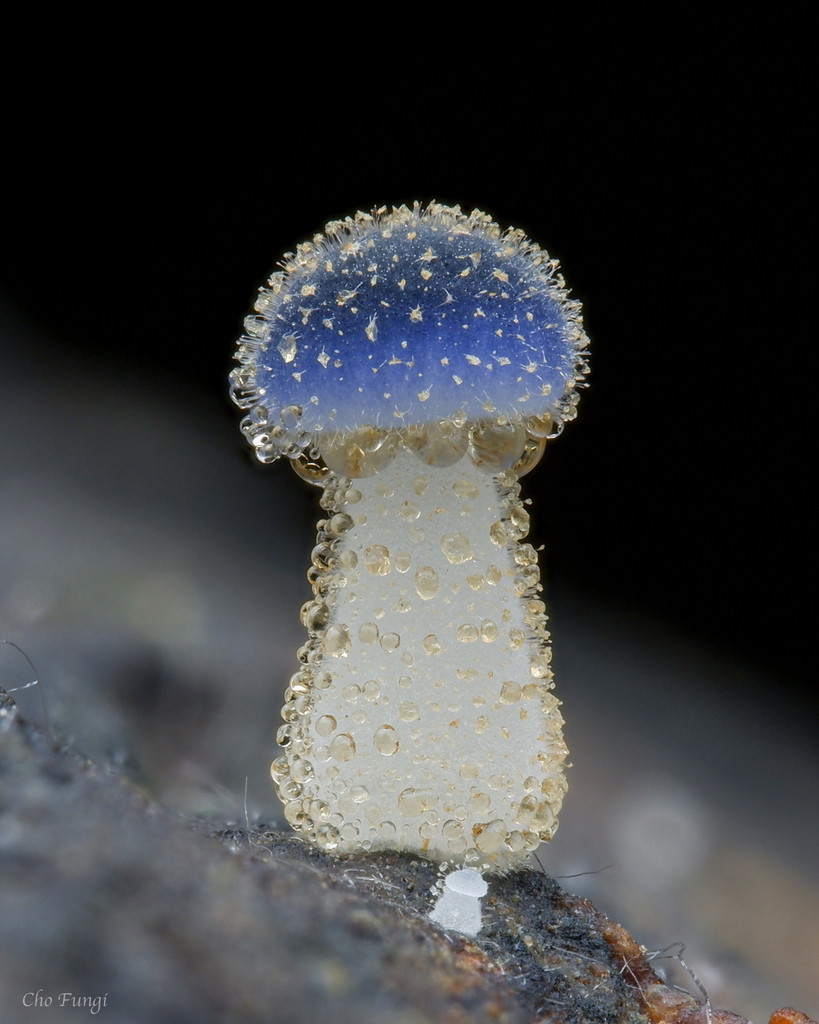Cold Air Rises. What That Means for Earth's Climate. - UC Davis
Cold Air Rises. What That Means for Earth's Climate. - UC Davis: Conventional knowledge has it that warm air rises while cold air sinks. But a study from the University of California, Davis, found that in the tropical atmosphere, cold air rises due to an overlooked effect — the lightness of water vapor. This effect helps to stabilize tropical climates and buffer some of the impacts of a warming climate. The study, published today in the journal Science Advances, is among the first to show the profound implications water vapor buoyancy has on Earth’s climate and energy balance.
(Kat KERLIN, U. C. Davis; May 6, 2020)
The lightness of water vapor helps to stabilize tropical climate
(SEIDEL and YANG, 2020)
https://advances.sciencemag.org/content/6/19/eaba1951

By This figures, “Atmospheric Circulation”, was provided by Judith Perlwitz. The original figure is found in: Panel #1: NWS, cited 2016: Global Circulations in NWS Jet Stream: An Online School for Weather. National Weather Service. [Available online at http://www.srh.noaa.gov/jetstream/global/circ.html]. The figure version presented here was adapted from the original as follows: The figure was adapted by adding content. This includes descriptive text of the circulation features (Polar Cell, Ferrell Cell, Hadley Cell, Polar easterlies, westerlies trade winds) , indicating the subtropical climate zones (orange shading in the map), and indicate by orange arrow the effect of an expanding tropics. Panel #2: NWS, cited 2016: Global Circulations in NWS Jet Stream: An Online School for Weather. National Weather Service. [Available online at http://www.srh.noaa.gov/jetstream/global/jet.html] The figure version presented here was adapted from the original as follows: The figure was adapted by adding content. This includes descriptive text (cold air sinks, warm air rises, Easterlies, Westerlies, NE Trade winds , regions of high (H) and low (L) pressure, and dry and stable regions). In addition subtropical climate latitude band is indicated in orange, and orange arrow indicates the effect of an expanding tropics. - The source for the diagram given in the report is U.S. Global Change Research Program: Climate Science Special Report, Fourth National Climate Assessment (NCA4), Volume I, chapter 5.1. https://science2017.globalchange.gov/, Public Domain, Link
(Kat KERLIN, U. C. Davis; May 6, 2020)
Featured Research Article:
The lightness of water vapor helps to stabilize tropical climate
(SEIDEL and YANG, 2020)
https://advances.sciencemag.org/content/6/19/eaba1951

By This figures, “Atmospheric Circulation”, was provided by Judith Perlwitz. The original figure is found in: Panel #1: NWS, cited 2016: Global Circulations in NWS Jet Stream: An Online School for Weather. National Weather Service. [Available online at http://www.srh.noaa.gov/jetstream/global/circ.html]. The figure version presented here was adapted from the original as follows: The figure was adapted by adding content. This includes descriptive text of the circulation features (Polar Cell, Ferrell Cell, Hadley Cell, Polar easterlies, westerlies trade winds) , indicating the subtropical climate zones (orange shading in the map), and indicate by orange arrow the effect of an expanding tropics. Panel #2: NWS, cited 2016: Global Circulations in NWS Jet Stream: An Online School for Weather. National Weather Service. [Available online at http://www.srh.noaa.gov/jetstream/global/jet.html] The figure version presented here was adapted from the original as follows: The figure was adapted by adding content. This includes descriptive text (cold air sinks, warm air rises, Easterlies, Westerlies, NE Trade winds , regions of high (H) and low (L) pressure, and dry and stable regions). In addition subtropical climate latitude band is indicated in orange, and orange arrow indicates the effect of an expanding tropics. - The source for the diagram given in the report is U.S. Global Change Research Program: Climate Science Special Report, Fourth National Climate Assessment (NCA4), Volume I, chapter 5.1. https://science2017.globalchange.gov/, Public Domain, Link



Comments
Post a Comment